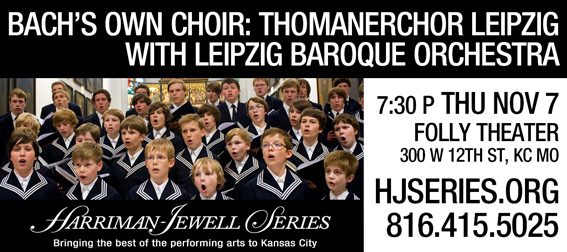WELCOME BACK: Dance company returns in fine form after eight-year pause
By Paul Horsley
What a delight it was to see the Dance Theatre of Harlem back on the local stage, in its first appearance on the Harriman-Jewell Series, or in Kansas City for that matter, since April of 2001. After experiencing an eight-year hiatus, the performing company returned to the stage last season, and it looks as fresh and vibrant as ever – as do the works they brought to the Kauffman Center on October 4th. The company founded in 1969 by former Balanchine principal Arthur Mitchell and the late Karel Shook sports a large group of first-rate dancers (the KC program featured 18) and is now led by former DTH prima ballerina Virginia Johnson. In addition to its vast, 44-year repertoire of classics and new works, their work now includes the creative explorations of resident choreographer Robert Garland, a DTH principal until 1997.
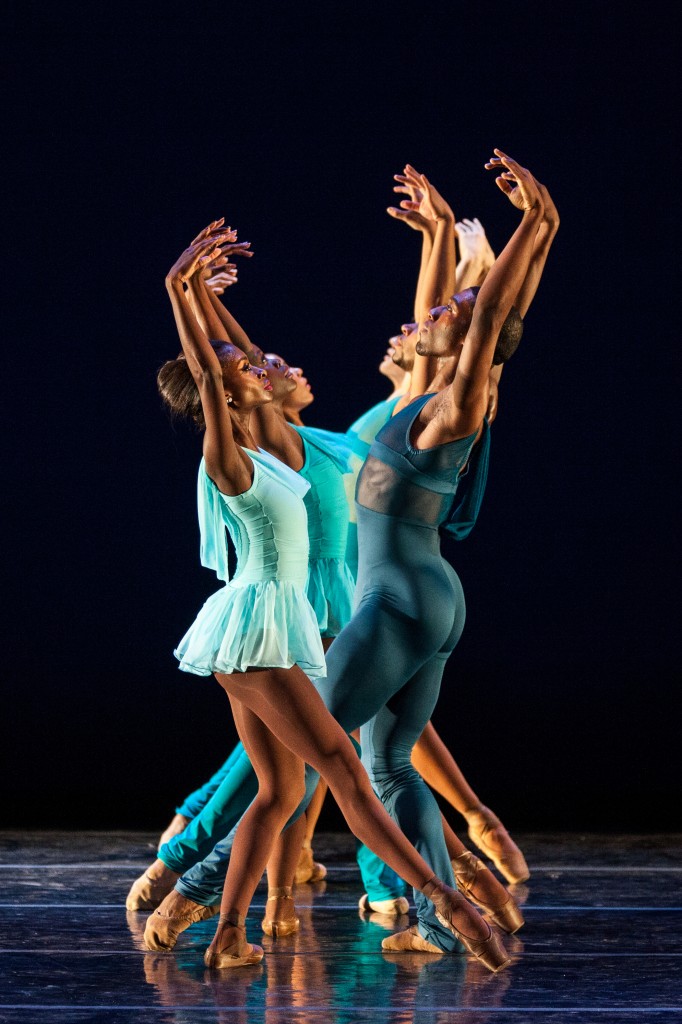
The evening began with Robert’s elaborate setting of Poulenc’s Gloria, a favorite of choreographers and a piece rich in variety of affect and mood. The “Gloria in excelsis Deo” is a joyous jazzy romp: the men walk with legs bent out playfully. “Laudamus te” features quick, quasi-classical solos, with joyous leaps by five dancers to match the brass explosions. The “Domine Deus, Rex caelestis” begins with a perfectly aligned row of silhouetted dancers upstage, arms stretched out straight and locked together; exuberate Da’ Von Doane and serious, gifted Ashley Murphy dance solos to reflect the soprano solo in the music. Stravinskian rhythms come to the fore in the “Domine Fili unigenite,” in which diagonal shafts form an X on the stage, with four men and four women creating stealthy geometrical patterns. In the “Domine Deus Agnus Dei” the women’s legs tremble, evoking applause. Again Ashley and Da’ Von appear, dancing as a Balanchine-esque love couple: The men approach and fade off in liquid balletic gestures. They raise her high and carry her off. “Qui sedes” concludes as all fall unexpectedly onto their left sides and look upward – at God?

Balanchine’s Glinka Pas de Trois showed that the master’s work still lives here: Francis Lawrence provides strength to (and at the same time draws from) Chrystyn Fentroy and Jenelle Figgins. The ladies dance mirror images on either side of him (though not in the best of unisons), reducing his bravado to a more level playing-field. The program closed with Robert’s Return, a bright romp to songs of James Brown, Aretha Franklin and others in a style the choreographer calls “post-modern urban neoclassicism.” The company showed marvelous personality in “Mother Popcorn” with its funky, Fosse-like attitude: Again Da’ Von and Ashley embodied the sleek liquescence and technical command of Robert’s fusion, which would no doubt have made Mr. B., not to mention Mr. M., smile. “Baby, Baby, Baby” placed Lindsey Croop and Frederick Davis silhouetted against a glowing red drop, dancing in slo-mo silence before the music began. The rest – “I Got the Feelin’,” “Call Me” (a tender duet with Chyrstyn and Francis) and “Superbad” (with full company) — were infused with buoyant, daring steps reflecting in the company’s variegated history.
The highlight of the evening was the performance of former Ailey principal dancer Ulysses Dove’s dazzling Dancing on the Front Porch of Heaven, first performed in 1993 by the Royal Swedish Ballet and set for three couples. Arvo Pärt’s stunning music (the Cantus in Memory of Benjamin Britten) begins with a series of searing non-unison string lines, descending over and again into mysterious depths. Six mournful dancers in white move through shifting pools of light – two, three, then seven, as musical sections are punctuated by the gentle sound of chimes. The bereaved dance in pairs and groups: One duet is of two men cajoling, supporting, despairing. Six light pools surround a larger central one, and each of the six dancers performs a wry, individualistic solo before retiring to one of the smaller pools, around which they perambulate while waiting. Totemic freeze-poses alternate with furious frenzies. All move to the central circle, until a finale in which they retreat, again, to their own – turning, pausing, then turning, pausing again. It is a startling but beautiful ending to a magnificent piece, created shortly before Ulysses’ untimely death at the age of 49.
To reach Paul Horsley send email to phorsley@sbcglobal.net or find him on Facebook (paul.horsley.501). For more about future Harriman-Jewell Series concerts call 816-415-5025 or go to hjseries.org.
[slider_pro id=”2″]
[slider_pro id=”3″]
Features
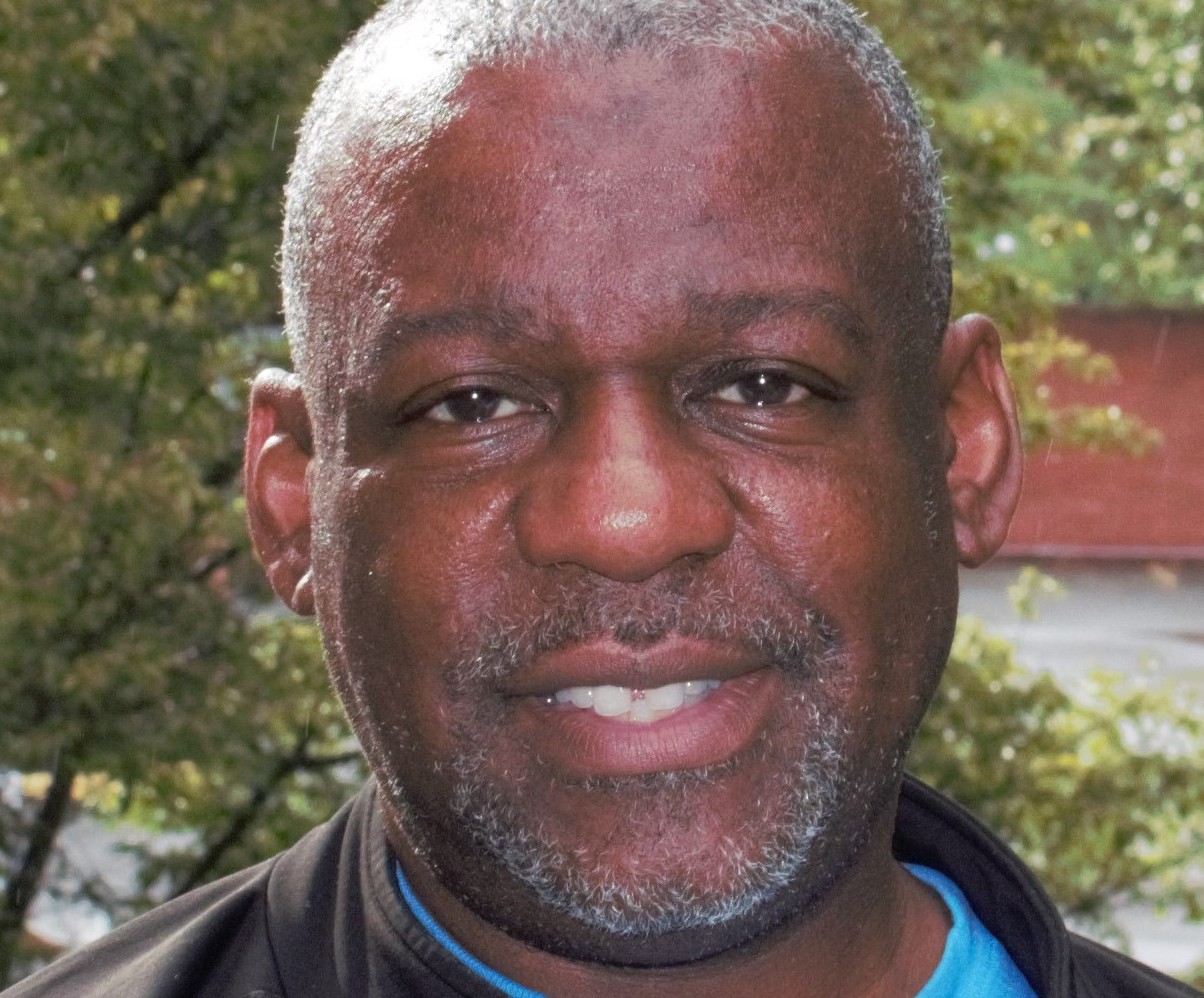
Tyrone Aiken danced prodigiously as a youth, trained at The Ailey School as a young adult, worked as a professional dancer at the height of the New York dance ferment,…
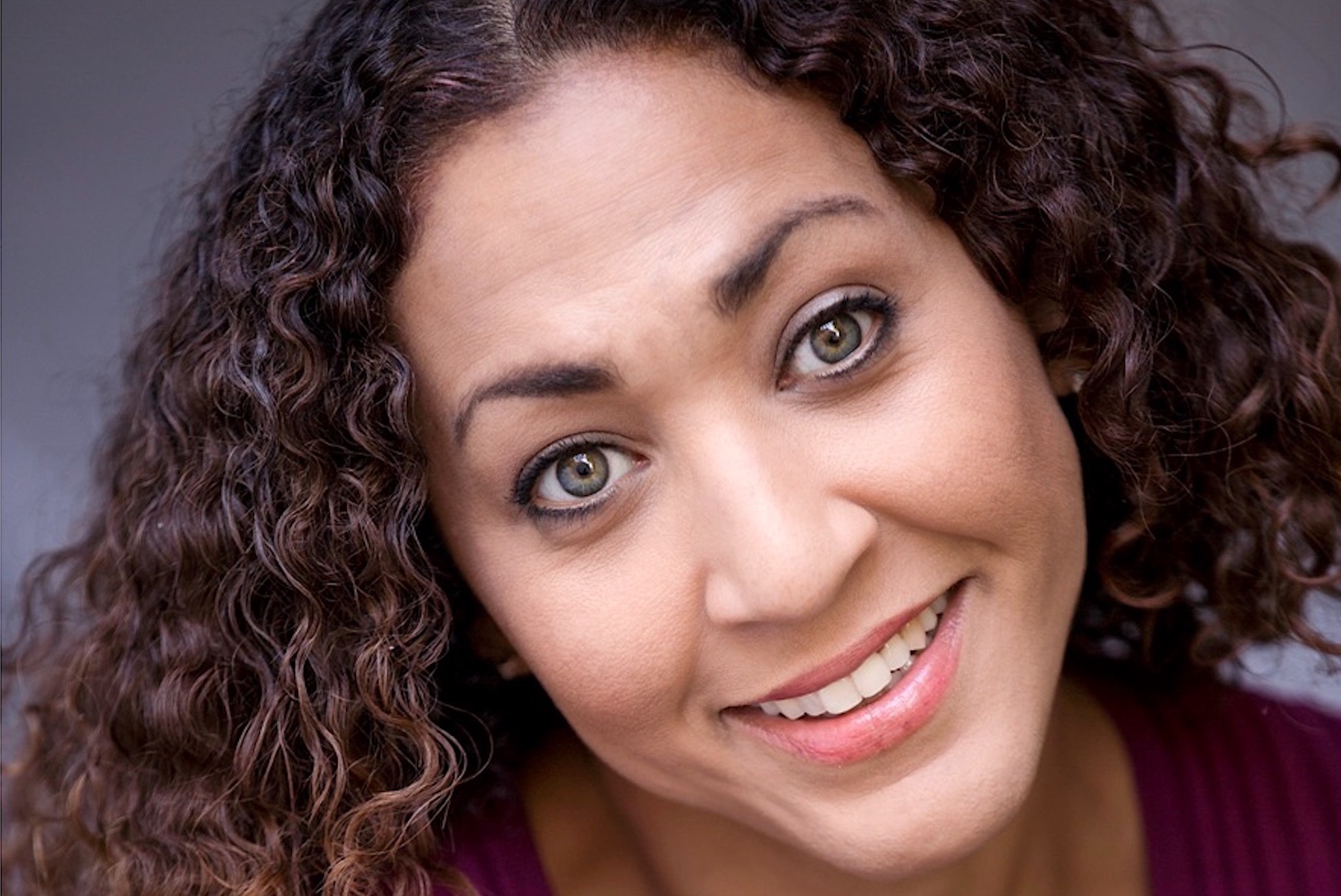
CAROLINE DAHM Dancer, choreographer, producer, master teacher, adjunct dance professor at The UMKC Conservatory, assistant director at Wylliams/Henry Contemporary Dance Company What I love about the Kansas City performing-arts scene: Kansas…
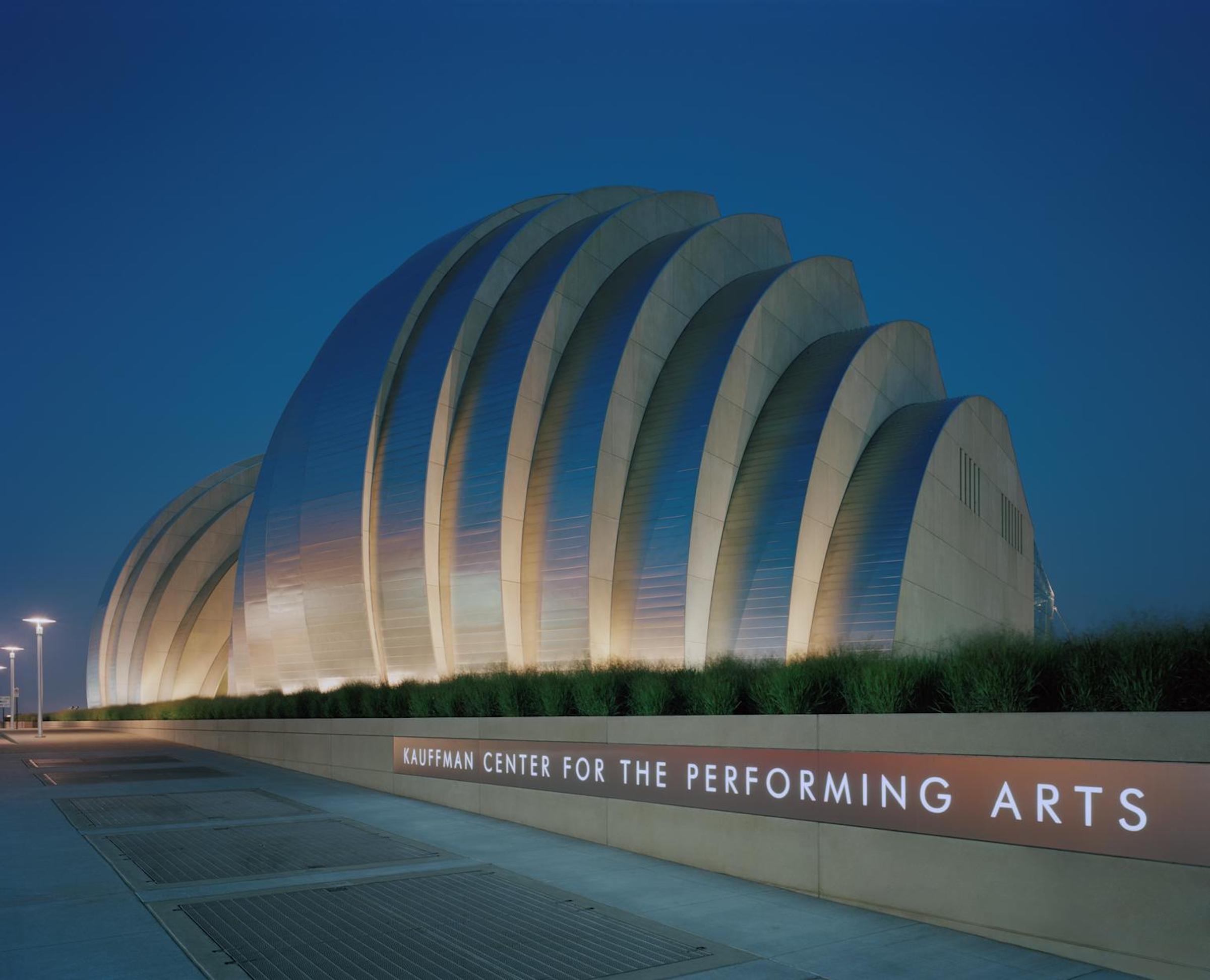
It’s difficult to remember what the Kansas City skyline looked like 20 years ago, before the Kauffman Center for the Performing Arts began to take shape at 16th and Broadway.…


